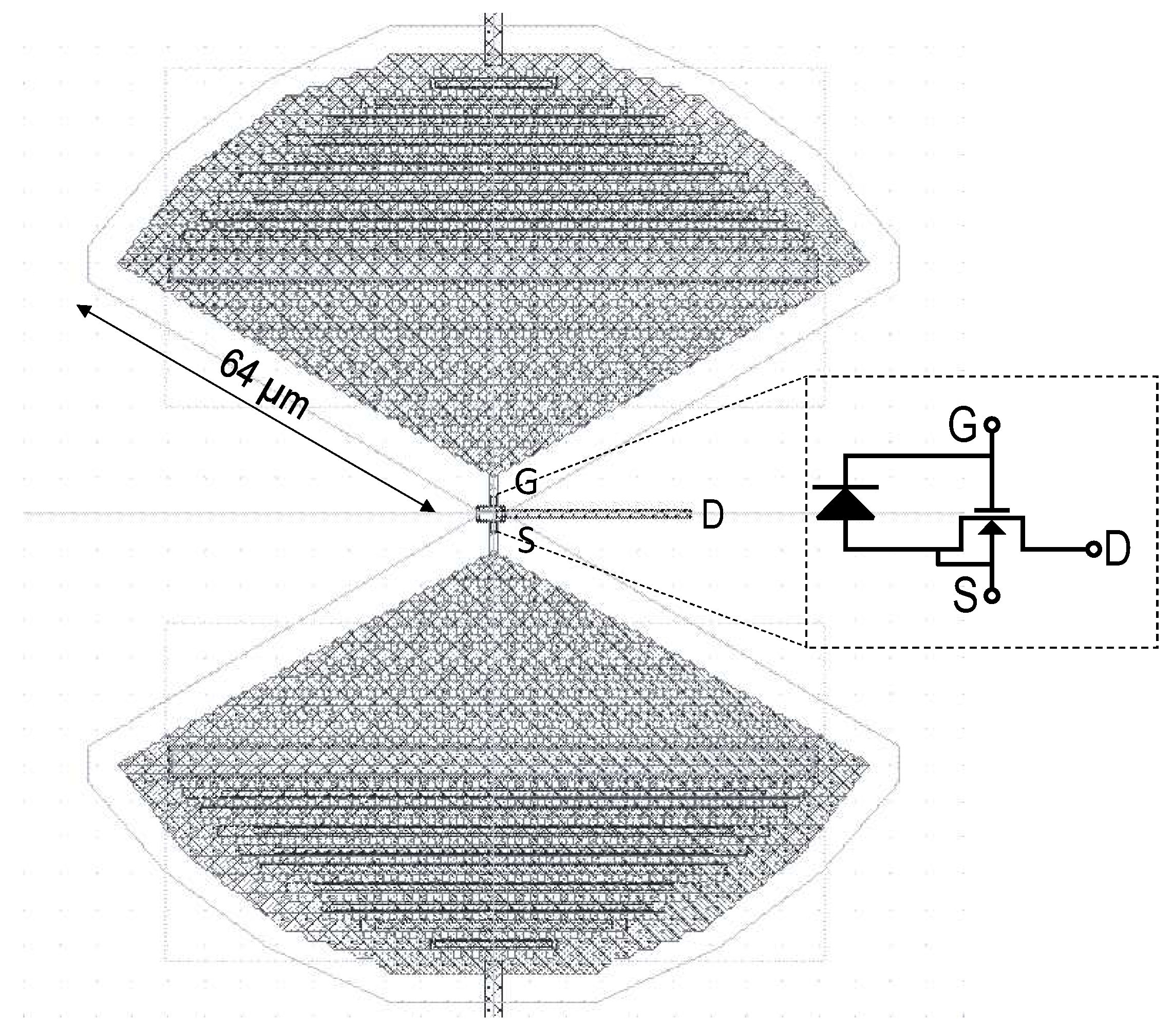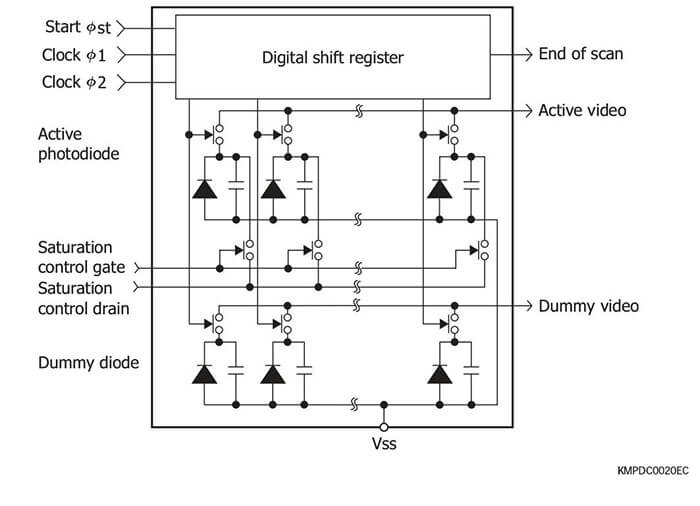
Although NEP (W) and NEI (photons) can be defined in such a way as to quantify the signal level for which the signal-to-noise ratio is unity, these metrics are more typically used to quantify the noise present in dark conditions, without signal shot noise.Ī block diagram of an APD-based lidar photoreceiver is shown in Figure 1, where the output voltage noise (V n) is the standard deviation of the potential at the transimpedance amplifier output (V out) under dark conditions.įigure 1: Block diagram of an APD-based lidar photoreceiver.

NEP and noise-equivalent input (NEI) are often used to express the voltage noise at the output of a photoreceiver amplifier in terms of an equivalent optical-signal level that, if present at the detector input, would result in an output voltage swing of the same magnitude as the noise.

NEP uniquely characterizes the trend of FAR with threshold for non-APD receivers, but two APD receivers with the same NEP may have significantly different FAR characteristics. The ROC of a lidar receiver is a parametric plot of the receiver’s pulse-detection probability (P d) for a specified signal level versus its false-positive rate, which can be determined from the receiver’s false-alarm rate (FAR) both vary as functions of the detection threshold of the lidar pulse-detection circuit. Photoreceiver noise-equivalent power (NEP) can be an informative metric, but using NEP to evaluate lidar receiver performance comes with the limitation that the NEP of an APD receiver does not fully describe its receiver operating characteristic (ROC). Noise Equivalent Power and Noise Equivalent Input The optical signal required to achieve a specified detection probability for a detection threshold that achieves a specified false-alarm rate is shown to be a more reliable characterization of APD photoreceiver performance for lidar applications. Thus, NEP alone is not a good measure of the sensitivity of a lidar receiver that employs an APD. However, avalanche photodiode (APD) receivers of the same NEP may differ substantially in terms of the amplitude distribution of the noise, resulting in substantial variation of the detection threshold required to extinguish false alarms. Noise-equivalent power (NEP) is often used to express the voltage noise at the output of a photoreceiver amplifier in terms of an equivalent optical-signal level. Limitations of NEP as a Lidar APD Photoreceiver Performance Metricīy Andrew Huntington, PhD George M.


 0 kommentar(er)
0 kommentar(er)
